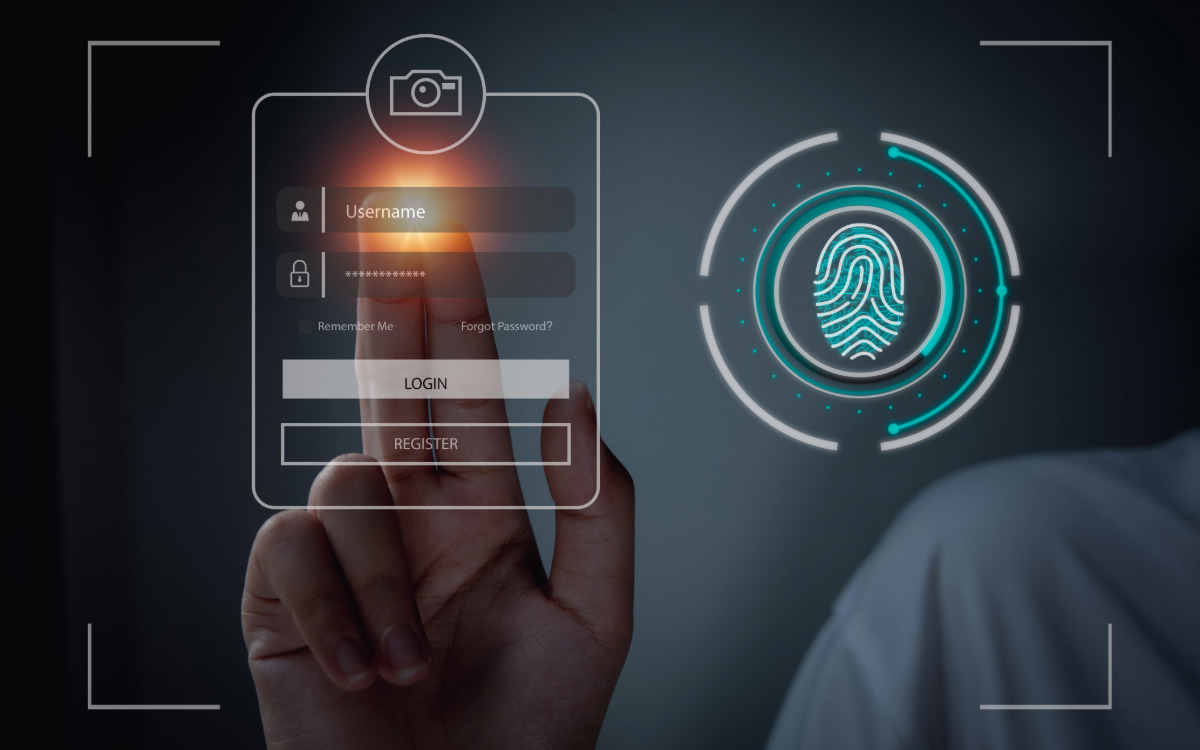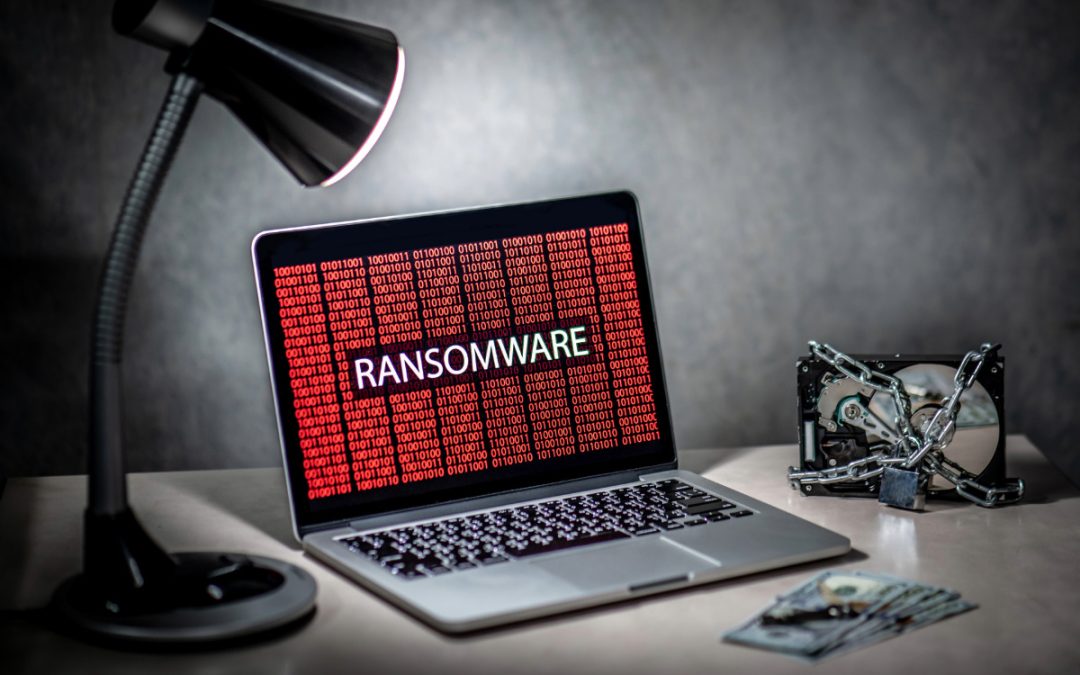Multi-factor authentication (MFA) is an essential part of account security. With 61% of data breaches involving user credentials, adding even one type of authentication can significantly increase the security of an account. Yet, MFA isn’t entirely foolproof, either. Some hackers will attempt an MFA bypass on specific people or accounts they’re targeting. That can involve anything from using security loopholes to tricking the user, making it a vital threat to be aware of.
Table of Contents
What Is an MFA Bypass Attack?
An MFA bypass attack refers to methods or techniques cybercriminals use to get past security provided by authentication systems. MFA is a security process that requires users to provide two or more verification factors to access a resource, such as an online account, application, or VPN. Typically, MFA combines something the user knows (like a password), something the user has (like a smartphone app), and sometimes something the user is (like a fingerprint).
How Do MFA Bypass Attacks Work?
MFA bypass attacks work by taking advantage of different parts of the MFA process. That can involve tricking users, bypassing security features, or exploiting vulnerabilities. Considering that 74% of data breaches included a human element, many of these tactics target a human at some point in the process. Here’s how some common MFA bypass attacks work:
SIM Swapping: In a SIM swapping attack, the attacker persuades the victim’s mobile carrier to switch the victim’s phone number to a new SIM card, which the attacker controls. That is most often done through social engineering, where the attacker uses discovered personal information to pass identity checks. Once the phone number is transferred to the new SIM, the attacker can receive all SMS-based MFA codes sent to the victim’s number.
MFA Fatigue: With this method, attackers repeatedly trigger MFA notifications to a user’s device. The incessant prompts are intended to wear down the user’s patience or awareness. Eventually, the overwhelmed user might mistakenly approve one of these requests, thereby unintentionally granting the attacker access to the secured resource. A lack of cybersecurity awareness can make users more likely to fall for this.
Man-in-the-Middle (MitM) Attacks: In MitM attacks, the attacker intercepts the communication between the user and the service (such as a login session). This can be done through compromised networks or phishing links that lead to fake websites. The attacker captures this data as the user enters their login details and MFA code. The attacker then quickly uses this information to authenticate their session.
Account Recovery Loopholes: Hackers may also target the account recovery process, which is designed for situations where users have lost access to their MFA devices. By exploiting weak security questions or using obtained personal information, attackers can convince the service that they are legitimate users and bypass MFA entirely.
Exploiting Software Vulnerabilities: If there are flaws in the MFA software itself, such as the algorithm generating one-time codes or the server validating them, attackers can exploit these vulnerabilities to do an MFA bypass. That could involve intercepting codes, generating valid codes, or tricking the system into accepting an invalid code.
Token Duplication or Cloning: If an attacker can gain physical access to an MFA token device or intercept its communications, they might be able to clone it. Though this approach is complex and less common, this method involves duplicating the security token used in hardware-based MFA systems. Once copied, they can receive hardware-based security tokens to access an account.
Session Hijacking: Attackers might hijack the session token after a user has successfully authenticated using MFA. These tokens are pieces of data indicating that the user has been authenticated. By stealing it, attackers can impersonate the user without bypassing MFA again since the session would view them as authenticated.
Why MFA Is Still Important
Some users may wonder: why is MFA still necessary if it can be bypassed? Notably, a report by Microsoft claims MFA reduces the risk of account compromise by 99% compared to not using any form of MFA. Cyberattacks are prevented if they have no way to get past the authentication. Even if there are tactics hackers use to attempt an MFA bypass, not only is it never guaranteed to work, but it also requires more time and a greater skill set than many are willing to commit to any given attack.
Tips To Strengthen Your MFA Security
Having some type of authentication active is much better than having none at all. However, to protect yourself from an MFA bypass attempt, how you approach it is just as important. Here are some tips to strengthen your MFA security:
-
- Use a Variety of Factors:The best way to keep your accounts safe is using different authentication factors. Instead of just using two factors, such as a password and a code sent to your phone, consider adding fingerprint recognition or facial recognition if available.
- Be Wary of Phishing Attempts:Be careful with emails or messages asking for your security information, even if they look official. Always check the sender’s details and never click on suspicious links. Remember, genuine services rarely ask for your security details directly via email or messages.
- Keep Your Devices Secure:Make sure your devices for MFA, like your smartphone, are secure. That means installing updates, using a strong passcode, and not leaving your phone unattended. If your phone is compromised, your MFA could be too.
- Consider Using an Authenticator App:Instead of receiving codes via SMS or email, use an authenticator app to reduce the chance of an MFA bypass. These apps generate codes that only last for a short time and are safer than text messages, which can be intercepted.
- Regularly Review Your Security Settings:Check your account security settings periodically. Remove old devices you no longer use and update your preferences to keep your security tight.
By following these tips, you can strengthen your MFA and make it harder for hackers to gain unauthorized access to your accounts. Remember, security is not just about having the tools; it’s about using them wisely.
What To Do if You’re a Victim of an MFA Bypass
If you suspect you’re an MFA bypass victim, immediate action is crucial to protect your information. Start by changing the passwords for all accounts linked to the MFA system, ensuring each password is unique and robust. Next, reach out to the customer support of the affected service or platform to report the issue. They can assist with the next steps, such as deactivating the compromised MFA method and setting up a new one.
Additionally, inspect the recent activity on your accounts for any unusual activity. If anything looks wrong, report it to the service provider right away. It’s also worth upgrading your MFA method to a more secure option, like a physical security key or a trusted authenticator app. Those can be more effective at preventing future breaches. Proactive measures and quick responses are key to maintaining your digital safety.
Does your business need support with authentication like MFA? We provide that as an option for all our service bundles. If you’re interested in outsourcing your IT, reach out via our contact form or call us at: +1 (800) 297-8293




